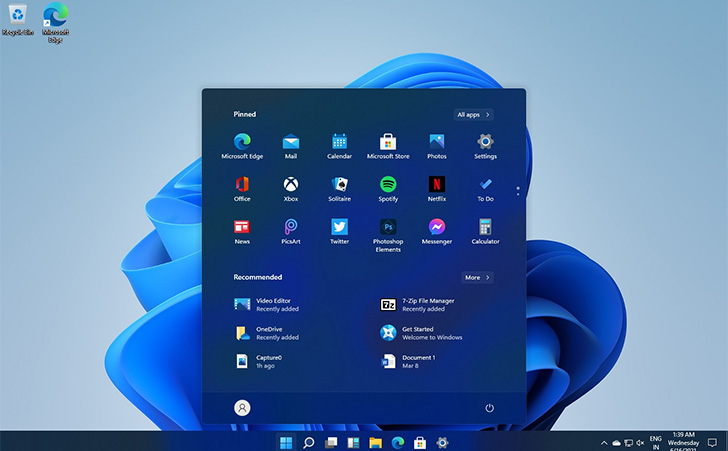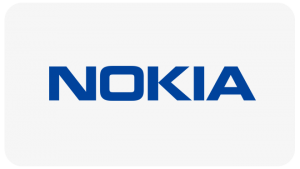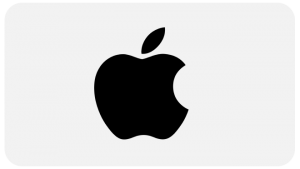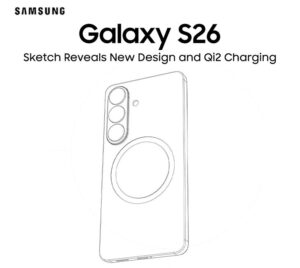Microsoft initially planned to release Windows 10X for dual-screen devices, but the project was ultimately canceled. Instead, the company shifted its focus to Windows 11, which was teased on Microsoft’s Twitter account before its official announcement. Ahead of its launch, an early build of Windows 11 was leaked online.

The first glimpse of Windows 11 came from screenshots shared on the Chinese platform Baidu, followed by early previews from Tom Warren, a senior editor at The Verge. Users familiar with Windows 10X will notice that Windows 11 feels like an evolution rather than a complete redesign.
One of the standout changes is the new taskbar layout, where icons, including Start and Search, are now centered. For those who prefer the traditional look, you can revert to the left-aligned menu. Interactive animations add a dynamic touch to the icons, and the frosted glass design is present throughout the interface.
The Start menu no longer features Live Tiles, and the power button is tucked away in a less prominent location. Rounded window corners and a refined Dark Mode enhance the visual appeal. Additionally, Windows 11 reintroduces widgets, such as news and weather updates, for added functionality.
According to Tom Warren, the operating system also features a new startup sound and redesigned icons that follow a fresh and colorful design language.
In terms of functionality, one notable addition is the new snap control feature. Accessible through the minimize and maximize buttons, it allows users to organize windows in tiled or cascading layouts effortlessly.
As the most significant OS update in a decade, Windows 11 promises exciting enhancements. Microsoft officially unveiled it during an event on June 24, setting the stage for a new era in Windows computing.


























